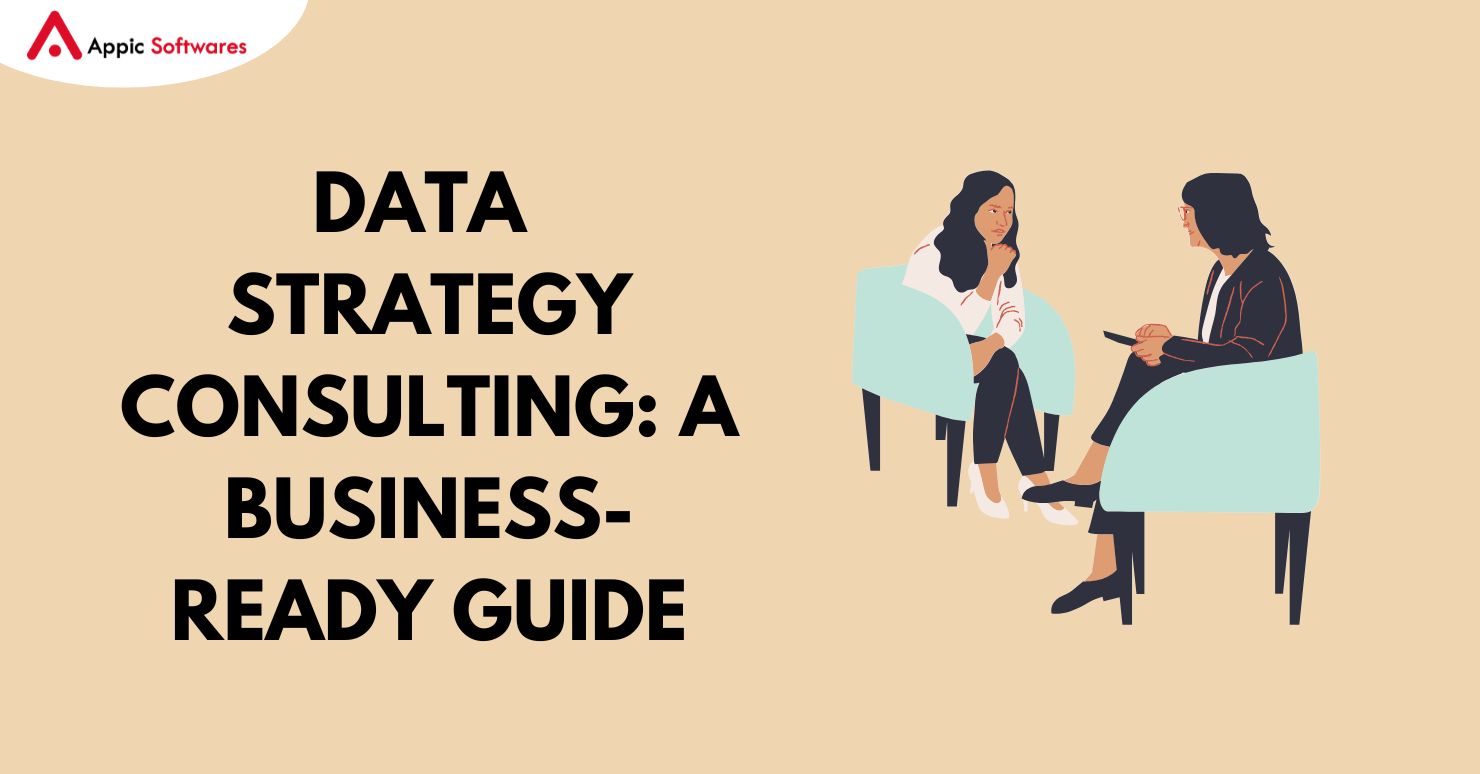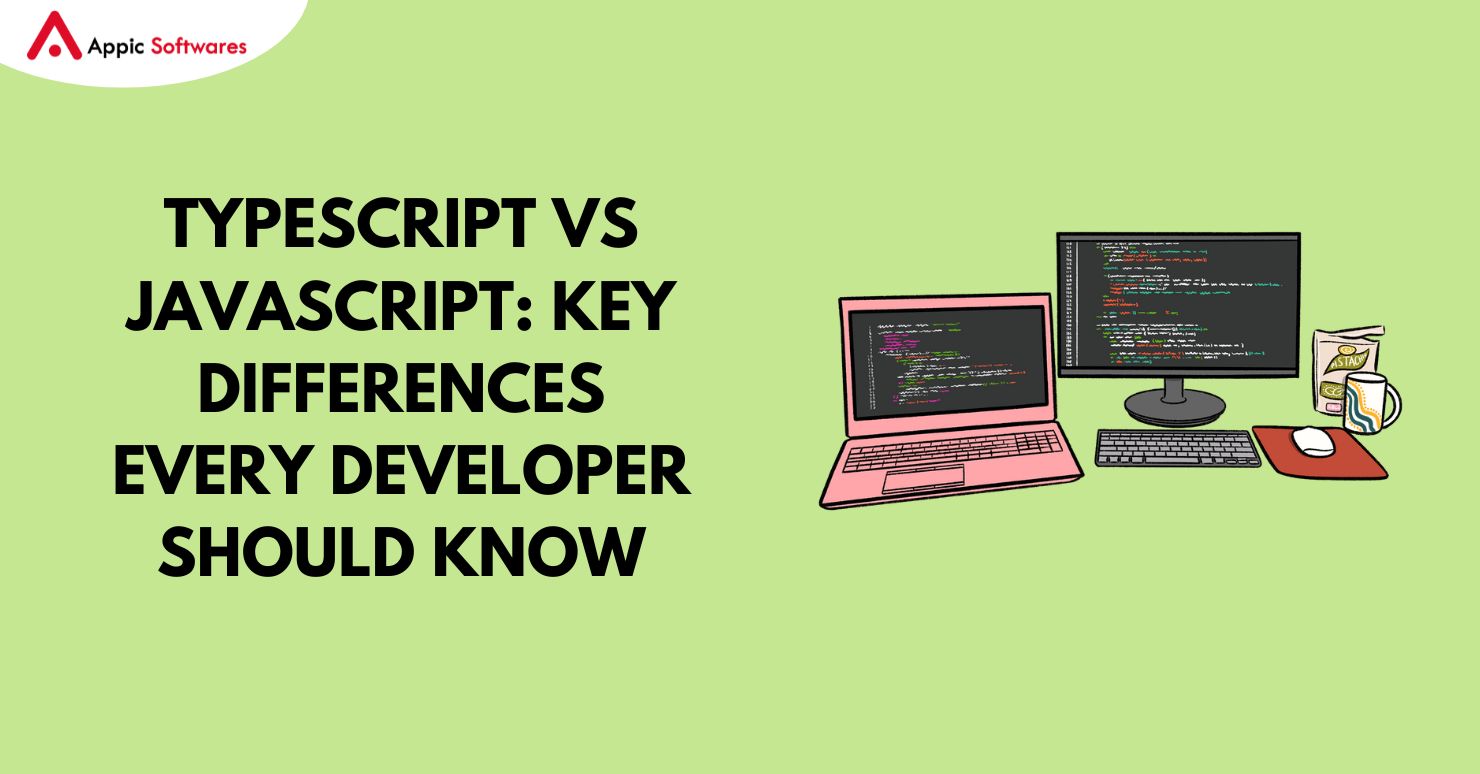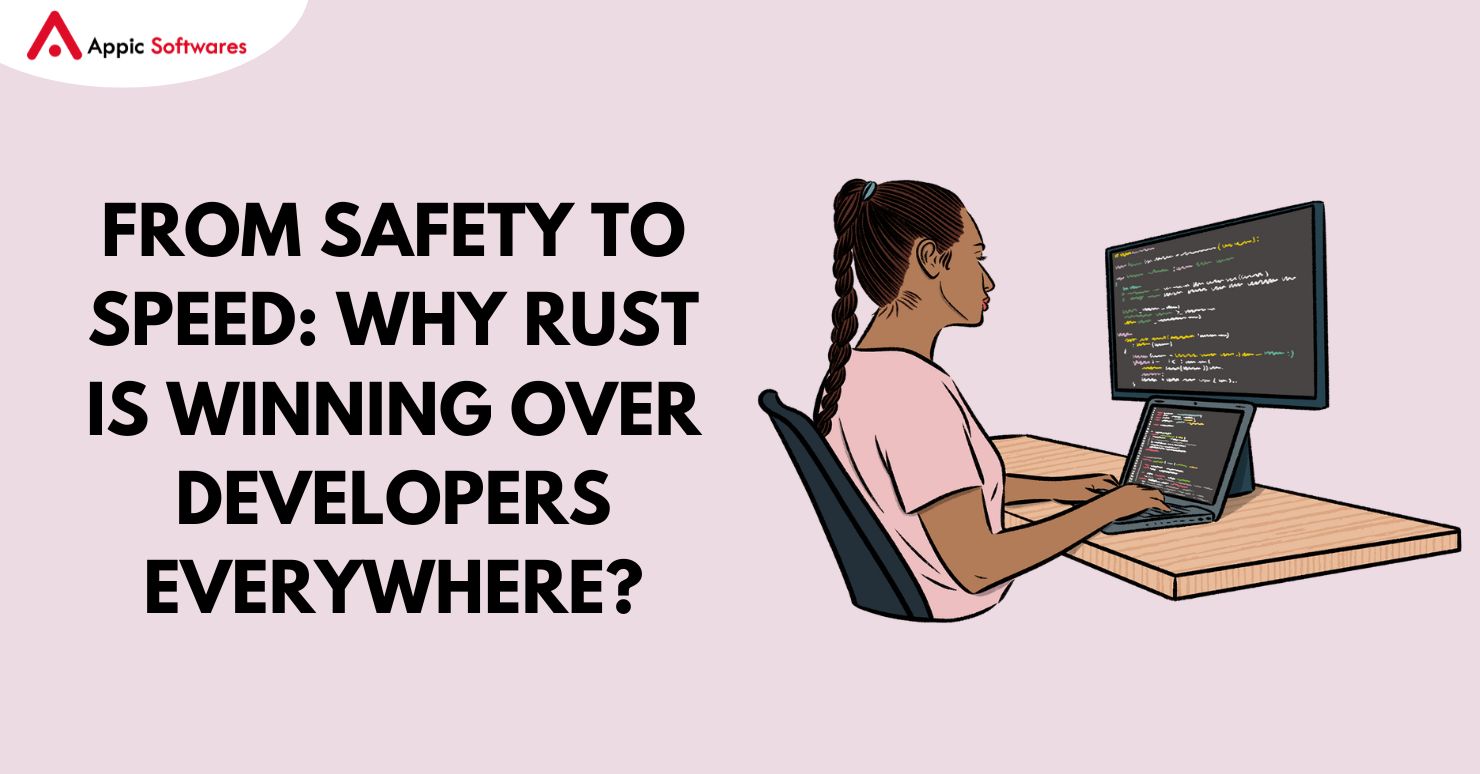
Introduction
Throughout my professional career in software development, I have seen the recurring difficulty of choosing between the tools I will use for the development of cross-platform development on many projects. Flutter functions were different, but almost all had one thing in common: a paid app needed to work on as many devices as possible. And it was a real challenge.
In addition to working on mobile apps, I also had some experience in developing mobile games. I remember seeing the development of the most effective platform game for the first time, which was in 2016. That’s when I thought, why don’t we have the same tool, but app development? thinking about how cool and easy to use one is.
Now we have it. And I want to share the joy of working with Flutter with you, so you can get the most out of the news. In this article, I express my thoughts on what the benefits of Flutter will do to dominate the development of cross-platform applications in the coming years.
Coming from traditional Android development and having some GameDev technology, I can say that Flutter is the app development tool I’ve been looking for all my career. It combines the freedom of development and traditional practice while maintaining the apparent consistency of all platforms. Even better!
Flutter Advantages
The platform’s structure offers key features and capabilities, making it effective for various tasks and you’re right. However! Flutter is very different from our competitors in some important respects. Let’s have a closer look at what makes the creation of the Flutter app better than other frameworks.
1. Same UI with Business Logic on All Platforms
We, the experts, recognize that practically any cross-platform architecture offers a way for targeted platforms to share codebases. However, no app frames allow for the sharing of UI code UI itself other than Flutter.
To illustrate, here is an example of how a UI rendering looks in many shortcuts:
This type of delivery process enables you to create an app that looks like your own across all the simple platforms. But the devil in detail. Reliance on specific platform components in the delivery brings the need to map the location of the platform widget and to sync the data of the framework widget. This is what needs to be mapped to all images in a particular widget call. It’s a lot more complicated than it needs to be, isn’t it?
In contrast, Flutter does not require any field-specific UI components to provide its UI. The only thing Flutter needs to show is that the app’s UI is a drawing fabric. Here’s what it looks like:
Flutter’s rendering approach makes the framework stand out from the crowd and removes any concerns about the harmony of the UI on various platforms.
Sharing the UI and business vision that is possible with Flutter, in short, saves the developer’s time, effort, and life while not affecting the final product’s performance.
2. Reduced Time to Develop Codes
From my experience, building a typical average Android app takes at least 40 seconds to be sent to a test device. And sometimes, it can take forever to fix just a few visible improvements in a building. Some of you may say, ‘Wait, but Android Studio has a preview of that setup.’ And it happens. But, of course, there is one thing: the feature is limited and does not always work as expected, especially from a cultural point of view.
Flutter’s “hot reload” feature, too, allows you to see the changes applied almost instantly, without losing the status of the current application. And that is exactly what makes Flutter app development several times faster due to increased development speed.
Also, the Flutter team has put a lot of effort into providing a variety of ready-to-use widgets. Most of them are wonderfully made, saving you time like any other frame before. In addition to many basic layout widgets, Flutter offers a large set of Material and Cupertino widgets that perfectly mimic the functionality of each design language. Here’s how they work:
All in all, you skipped a few steps to waste time on app growth while using Flutter, which makes the whole process faster, easier, and less stressful.
3. Market Time Rate Increased
This is straightforward. The Flutter development framework works faster than the alternatives. In most cases, you would expect the Flutter app to require at least a few man-man hours compared to the same Android and iOS operating systems. The main reason is simple: you’re dead: you don’t need to write any code-specific code to achieve the desired visuals in your app. Any 2D-based UI can be used in Flutter without interacting with traditional counterparts.
Apart from this, Flutter provides a useful API for building UI, which, to my knowledge, promotes performance. This is very clear when it comes to vision correction.
4. Same as Native App Performance
App performance is essential for good UX. While it is difficult to say exact statistics, it is safe to say that the functionality of the Flutter app in most cases will not be separated from the traditional application and would be much better in complex UI animation situations.
Why? Contrary to many people’s shortcuts, Flutter does not rely on any intermediate code representations or interpretations. The Flutter app is built directly into the machine code, which removes any bugs from the translation process.
5. Custom, Animated UI of any available complexity
One of the great benefits of Flutter is the ability to customize whatever you see on the screen, no matter how complex. While it is often possible to make the most custom UI for native platforms as well, the amount of effort required varies with the size of the order. Here is an example of a simple but custom UI:
However, Flutter makes the process more flexible and flexible without adding load. Shared object sharing, texture/color/shadow deception, cut, transformation – Flutter lets you do all this effortlessly. Here are some examples of how it works.
6. Your Offering Engine
Flutter lets you do a lot of things with your apps that are not available on other platforms. It requires a strong foundation. Most of the points outlined above would not be possible without an advanced platform to provide platform performance.
Flutter uses Skia to dedicate itself to the sail provided by the platform. Thanks to the engine, the UI built into Flutter can be deployed on almost any platform. To put it differently, you no longer need to adjust the UI to transfer it to the platform, which simplifies the process of advanced development.
7. Implementation of Logic Platform-Specific Simple
Outside of the UI, mobile apps rely on advanced OS features, such as downloading GPS links, Bluetooth connectivity, sensor data collection, permission management, data processing, etc. with a ready-to-use plugin supported by Google.
Of course, there may be cases of your application depending on the OS level feature which is not yet available as a plugin. But the party has covered it here too! Flutter provides an easy-to-use way to establish connections between traditional platform code and Dart via platform channels. This way, you can use whatever the traditional app can do in the Flutter app, with just a little effort on the traditional side. Here is an example of how channels work:
8. Possible Transmission Ability Mobile Phones
With Flutter, you can go far beyond the development of the Flutter app on mobile. There is also Flutter for Web and Flutter Desktop Embeddings now. For example, at this year’s I / O conference, Google introduced Flutter Web’s technical preview that makes it possible to use Flutter’s pure browser applications without modifying the source code. Watch the video at the conference:
Although all but the mobile component of the framework has not yet been considered ready for production, an experienced Flutter developer can make the clean Flutter app run on any major platform today, including Android, iOS, Web Browser, Windows, macOS, Linux, and installed devices. And the app will work fine without changes to the Dart code.
Certain factors determine the potential value of a business. This is the firmness of the platform, its performance, a wide pool of talent, and the guarantee of success through technological / product development. The reason is that the problems and errors in the platform or technology in any of the listed factors cause the occurrence of a risk, as well as the direct and indirect financial losses of your company.
As Google produces Fuchsia OS, which works well with Flutter, using Flutter will not cause you any problems finding developers so there is no problem with product creation because there are already too many fans among Android developers in the community.
Easy to integrate: the list of global companies using Flutter is growing with representatives such as Alibaba, Google Ads, AppTree, Reflect, and My Leaf, which is a testament to Flutter’s unparalleled quality.
Flutter offers a business solution to overcome barriers in finding professionals, adopting new technologies, and system integration. Flutter poses less risk to your business compared to other shortcuts, making it a valuable choice for growth.
Benefits of the Framework:
- Application UI and mindset do not change depending on the platform
- Rapid code development
- Increase the speed of going to market
- Near the performance of the traditional app
- Great UI customization capabilities
- A different supply engine
- No reliance on specific UI components specified
- Is suitable for any designated platform
- Reduces the risk and loss of your business
Flutter is the fastest way to bring an efficient cross-platform mobile app. I can clearly say that it is just a matter of time before Flutter officially launches the final UI framework. Appic Softwares had a team of professional Flutter developers. So if you have any queries about Flutter app development feel free to Contact us.








